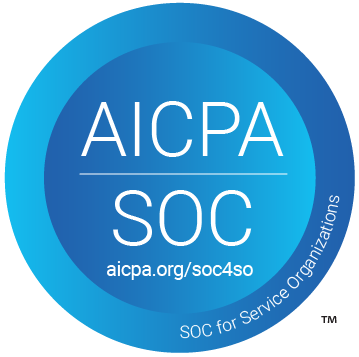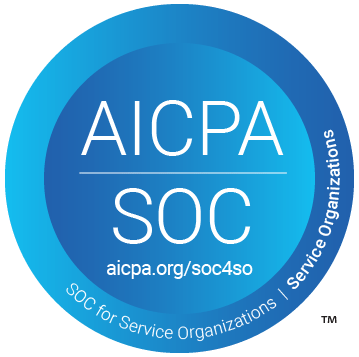Learn how to integrate Calendly with ClickUp using Pabbly Connect to automate task creation for invitees. Follow this step-by-step tutorial for seamless integration. Follow this definitive guide to creating powerful automated workflows with straightforward, efficiency-focused solutions that save valuable time.
Watch Step By Step Video Tutorial Below
1. Accessing Pabbly Connect for Integration
To create a ClickUp task from a Calendly invitee, you need to access Pabbly Connect. Start by searching for Pabbly Connect in your browser and navigating to its landing page. Here, you will find options to either sign in or sign up for free.
If you are a new user, click on the ‘Sign Up for Free’ option, which grants you 100 tasks per month. Existing users can simply sign in to access their dashboard. Once logged in, select the ‘Access Now’ button for Pabbly Connect, which will enable you to create workflows that integrate Calendly and ClickUp.
2. Creating a Workflow in Pabbly Connect
After accessing Pabbly Connect, the next step is to create a workflow. Click on the ‘Create Workflow’ button and name your workflow as ‘How to Create ClickUp Task for Calendly Invitee’. Choose the folder where you want to save this workflow, such as ‘Automations’.
- Click on the ‘Create’ button to finalize your workflow name.
- This opens the workflow window where you can set triggers and actions.
- Select Calendly as the trigger application for your workflow.
In the trigger event section, select ‘Invite Created’. This means that whenever a new invite is created in your Calendly account, the workflow will be triggered. Click on ‘Connect’ to establish a connection between Calendly and Pabbly Connect.
3. Setting Up the Trigger for Calendly
Once you have selected Calendly as the trigger application, you will need to create a new connection. If you have already connected Calendly, you can select the existing connection. Otherwise, click on ‘Add a New Connection’. After logging into your Calendly account, grant necessary permissions.
Next, choose the organization you want to use from the dropdown menu and select the user as ‘Demo User’. Click on ‘Save and Send Test Request’ to capture the response from your Calendly account. You will need to perform a test submission to see if Pabbly Connect captures the invite details correctly.
- Open your Calendly account and copy the booking link.
- Schedule a meeting by entering the necessary details like date, time, and attendee information.
- Check if the details are captured in Pabbly Connect.
If the invite details appear correctly, it confirms that the trigger is set up successfully.
4. Setting Up Action for ClickUp
Now that the trigger is successfully configured, it is time to set up the action in Pabbly Connect. Choose ClickUp as the action application and select ‘Create Task’ as the action event. Click on ‘Connect’ to establish a connection with your ClickUp account.
If you have already connected ClickUp, select the existing connection. Otherwise, click on ‘Add a New Connection’. You will need to provide your ClickUp API token, which can be found in your ClickUp account under settings. Make sure to copy and paste the token into Pabbly Connect.
Select your workspace and the space where the task should be created. Specify the folder name as ‘Meetings’ and the list name as ‘Calendly’. Map the task name and description from the trigger response.
By mapping these details, the task created in ClickUp will dynamically reflect the invitee’s information every time a new invite is created.
5. Finalizing the Integration and Testing
To finalize your integration, you need to set the due date and start date for the task. Use the DateTime Formatter feature in Pabbly Connect to convert the time from UTC to milliseconds. Add a new action step, select ‘DateTime Formatter’, and set the action event to format the date with the desired timezone.
Map the start time from the trigger response, and after receiving a positive response, repeat the same process for the end time. This ensures that both the start and end times are accurately formatted. Finally, return to the ClickUp action step and map the due date and start date from the DateTime Formatter response.
Set the task status to ‘Open’. Click on ‘Save and Send Test Request’ to check if the task is created successfully. Verify the task in your ClickUp account to ensure everything is working as intended.
Once the task is confirmed to be created in ClickUp, your integration is successfully set up and ready to automate the task creation process for every new Calendly invitee.
Conclusion
In this tutorial, we explored how to use Pabbly Connect to create ClickUp tasks for Calendly invitees seamlessly. By following the steps outlined, you can automate your workflow and enhance productivity. This integration not only saves time but also ensures that you never miss a meeting detail.
Ensure you check out Pabbly Connect to create business automation workflows and reduce manual tasks. Pabbly Connect currently offer integration with 2,000+ applications.
- Check out Pabbly Connect – Automate your business workflows effortlessly!
- Sign Up Free – Start your journey with ease!
- 10,000+ Video Tutorials – Learn step by step!
- Join Pabbly Facebook Group – Connect with 21,000+ like minded people!






